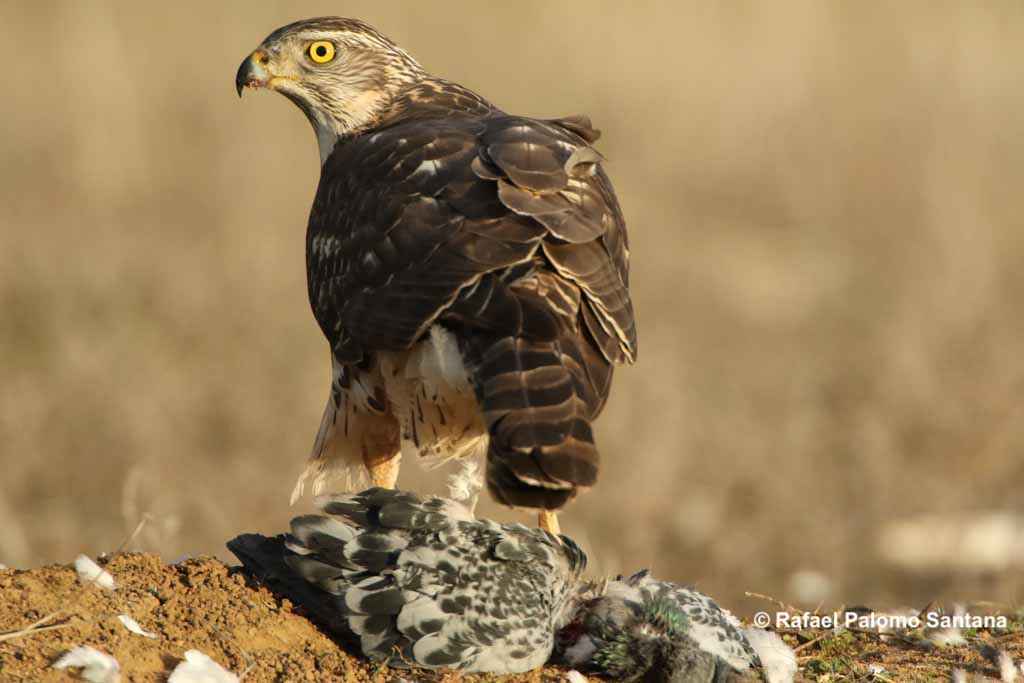Distinctive pheomelanin-based plumage colouration in juvenile birds has been proposed as a signal of immaturity to avoid aggression by older conspecifics, but recent findings suggest a detoxifying strategy. Pheomelanin synthesis implies the consumption of cysteine, a semi-essential amino acid that is necessary for the synthesis of the antioxidant glutathione (GSH) but that may be toxic if in excess in the diet. As the nestling stage probably represents a low stress period with limited requirement for GSH protection, the synthesis of pheomelanin in developing birds may help maintain cysteine homeostasis, particularly in species with a high content of protein in the diet (i.e. carnivores). Here this hypothesis was confirmed showing that, among 53 species of Western Palearctic birds, juvenile pheomelanin based colouration has evolved more frequently in strictly carnivorous species than in species with other diets. Understanding the physiological mechanisms of colour production helps to explain the evolution of plumage diversity. informacion[at]ebd.csic.es: Rodriguez-Martinez et al (2019) Juvenile pheomelanin?based plumage colouration has evolved more frequently in carnivorous species. IBIS DOI 10.1111/ibi.12770









 Las altas temperaturas están provocando que las lagunas y las marismas de Doñana pierdan agua rápidamente
Las altas temperaturas están provocando que las lagunas y las marismas de Doñana pierdan agua rápidamente



